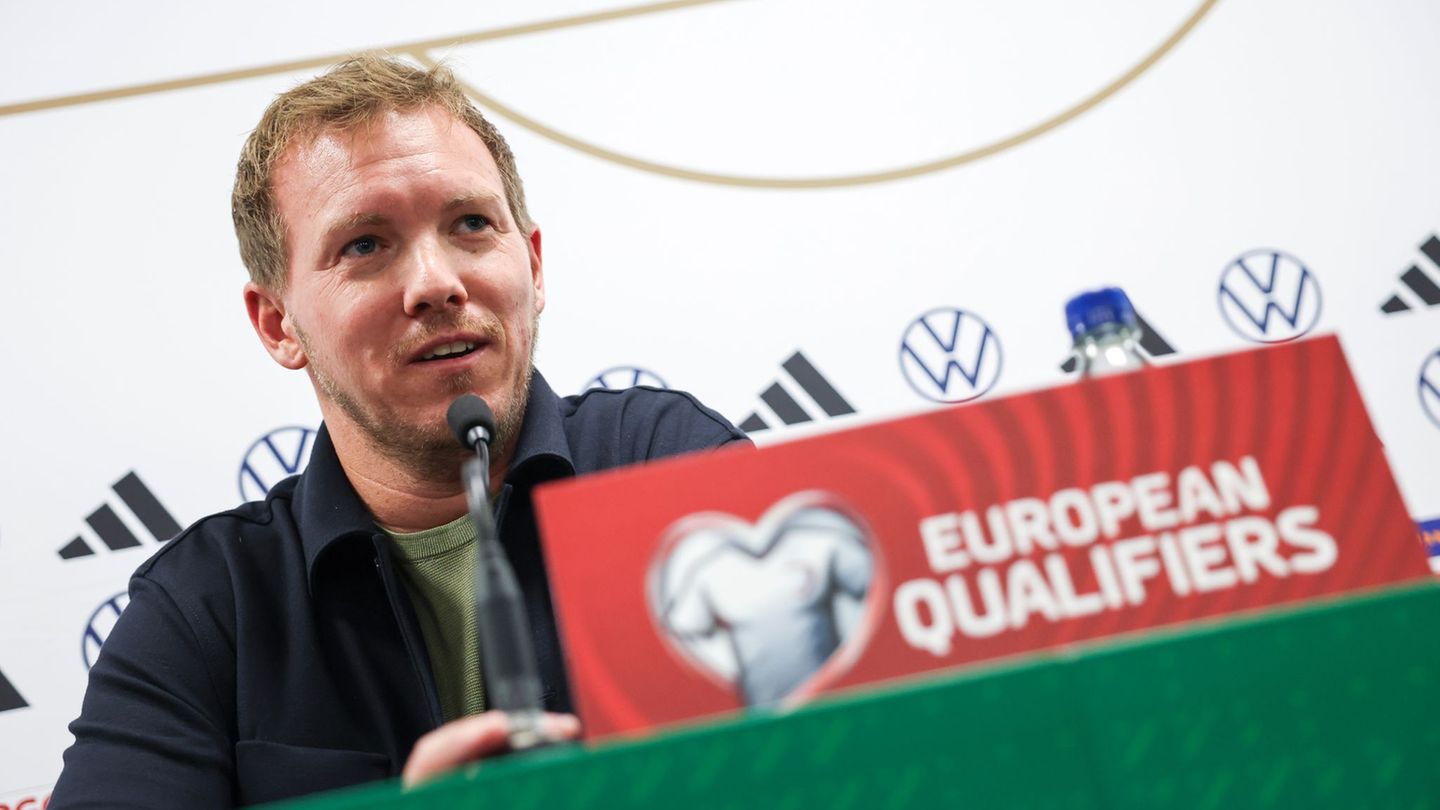The paths are so narrow that not even the smallest excavator can drive to the individual graves. Shouldering a shovel, pickaxe and spade, Robert Anzinger walks along the graves in the St. Barbara Cemetery in Linz to the spot where he is supposed to dig a new grave. The cemetery worker spends up to a day digging a grave before it reaches a depth of around two meters. The special feature: In the Linz cemetery, the graves are all dug by hand.
“When people see us, they are usually very surprised at how deep it goes down there and that we actually dig the grave by hand. But that’s a big concern for us,” says Anzinger.
Why is this work still done by hand in Linz, despite modern technology? “It’s about treating the graves with respect. The other graves shouldn’t be damaged during the excavation work either. Ultimately, there is no difference in time whether you use an excavator or not. But we work much more precisely that way,” says Anzinger.


Treating bones with respect
Exactly this precision is required when the cemetery worker encounters human remains while digging the grave. Anzinger carefully lifts the bones with the shovel and puts them in a bone box.
This video is disabled
Please activate the categories Performance Cookies and Functional cookies in your cookie settings to view this item. My cookie settings
How does he deal with such a situation himself? “When digging, we actually always come across bones. It’s a matter of attitude: You shouldn’t really think about the fact that you’ve just come across a deceased person here. It’s easier because you don’t know the people,” says Steyregger, who previously worked for a stonemasonry company for 16 years. To place the remains back in the tomb, Robert Anzinger digs another layer deeper to make room for the bone box. The box is then covered with earth before another coffin is buried. “This is how we treat the deceased with respect, even though another coffin is being lifted into the ground. These bone boxes used to stand next to the gravestones,” says Clemens Frauscher, cemetery administrator in Linz.
Of the 20,000 grave sites available at St. Barbara’s Cemetery, 16,000 are currently in active use. However, the trend is now moving away from burials: “We have an average of 900 farewell ceremonies a year. Most of them are urn burials,” says Frauscher. While in the past the bodies of the deceased were laid out, many relatives now want a silent farewell without seeing the body of the deceased again. “For many, death is still a taboo subject,” says Frauscher.
Source: Nachrichten




